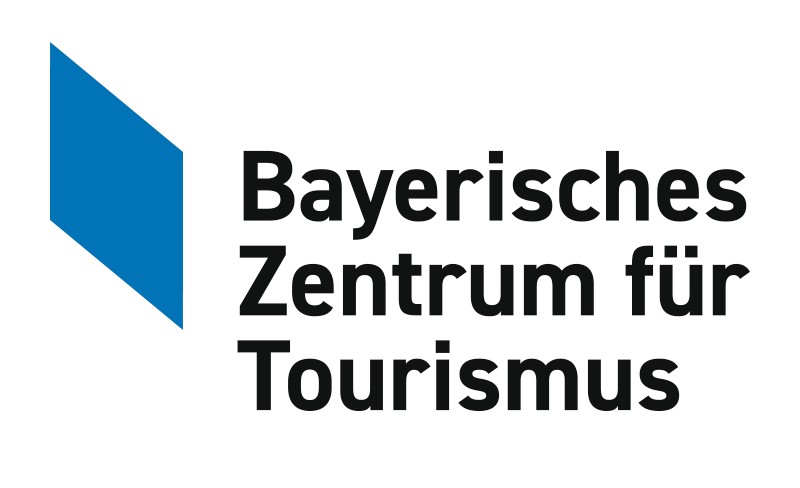GEFÖRDERTES PROJEKT 2023/2024
Schlagworte: Künstliche Intelligenz, Messung, touristische Effekte
Potenzial KI-gestützter Verfahren zur Ermittlung tourismusinduzierter Effekte auf
Lebenszufriedenheit und Gemeinwohl (POKITE)
© iStock.com/Thomas Demarczyk/ismagilov
Die Tourismusbranche steht vor der großen Herausforderung, eine neue Erfolgsmessung für den Tourismus zu gestalten, die neben der reinen ökonomischen Bewertung über quantitativ messbare Zahlen wie Ankunfts- und Übernachtungszahlen auch qualitative Entwicklungsziele berücksichtigt. Damit soll allerdings nicht gesagt werden, dass quantitative Erfolgsindikatoren wie Übernachtungszahlen oder Ankünfte für die Destinationsentwicklung obsolet wären. Vielmehr soll der Versuch unternommen werden, diese eindimensionalen Erfolgsfaktoren durch die Betrachtung weiterer nicht-monetärer Indikatoren zu kontextualisieren, um so ein umfassenderes Verständnis über die positiven wie auch negativen tourismus-induzierten Effekte auf Lebenszufriedenheit und Gemeinwohl zu erlangen.
Aus diesem Grund liegt der Fokus des Projekts auf der Ermittlung neuer Erfolgsindikatoren in der sozialen Nachhaltigkeitsdimension. Erste Ansätze hierzu existieren bereits, allerdings ist die Erfassung, Auswertung und Bewertung dieser Kennzahlen in ihrer aktuellen Form noch sehr zeit- und kostenintensiv und kann deshalb nur punktuell durchgeführt werden. Ein umfassendes Monitoring oder eine Skalierbarkeit der Ansätze ist so aktuell nicht möglich. Um dieses Problem zu lösen, will das Projekt unter Zuhilfenahme von Machine Learning und Künstlicher Intelligenz (KI) geeignete Modelle entwickeln, um anhand vorliegender statistischer Daten fundierte Kennzahlen zur Bewertung des Tourismuserfolgs in der Dimension der sozialen Nachhaltigkeit festzulegen.
Diese Modelle können Zusammenhänge zwischen verschiedenen Variablen identifizieren und Muster erkennen, die für die Messung der sozialen Nachhaltigkeit von Tourismusunternehmen, -organisationen und touristisch genutzten Alltagsräumen relevant sind. Damit soll der seit langer Zeit geforderte Paradigmenwechsel in der touristischen Destinationsentwicklung hin zu einem nachhaltigen und gemeinwohlorientierten Tourismus durch ein automatisiertes und skalierbares Verfahren unterstützt und die Komplexität strategischer Entscheidungssituationen reduziert werden. Perspektivisch kann sich daraus ein automatisiertes und KI-gestütztes Trendmonitoring entwickeln, das die frühzeitige Identifikation möglicher Herausforderungen und damit eine proaktive, vorausschauende Maßnahmen- und Destinationsentwicklung ermöglicht.

Projektverantwortung
Projektleitung: Prof. Dr. Guido Sommer und Prof. Dr. Robert Keller (Institut für Nachhaltige und Innovative Tourismusentwicklung – INIT)

